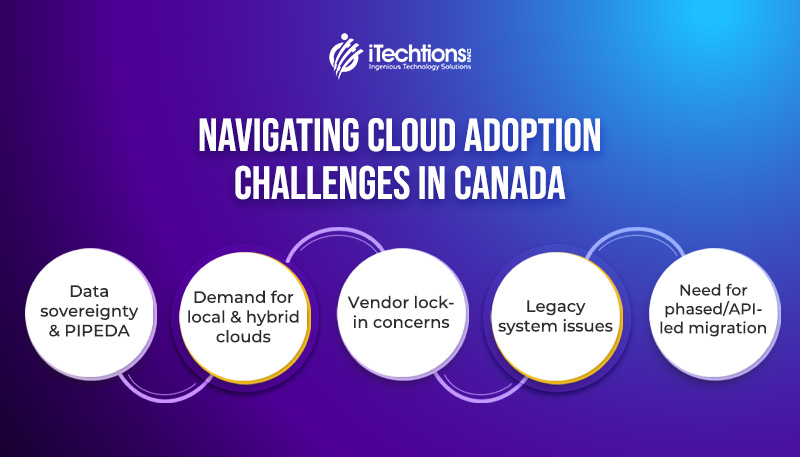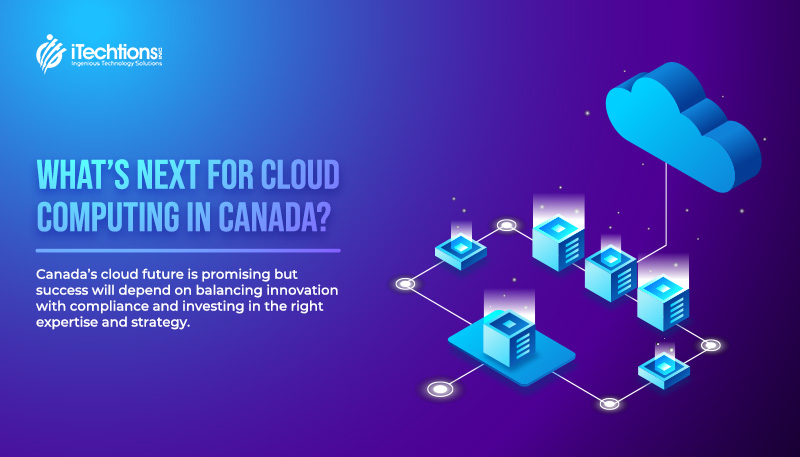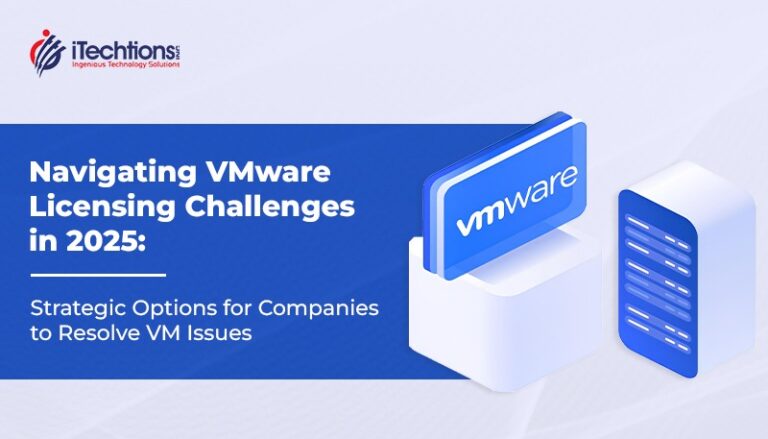Cloud computing has become the backbone of Canada’s tech ecosystem, enabling businesses to scale, innovate, and compete in a digital-first world. Over the past 18 months, cloud adoption has surged, with Canadian organizations leveraging platforms like AWS, Azure, and Google Cloud to drive efficiency and agility. The appeal is clear: cloud solutions offer flexibility, cost savings, and access to cutting-edge technologies like AI and big data analytics. However, the journey to the cloud is fraught with challenges, from data sovereignty concerns to the complexities of migrating legacy systems.
The numbers tell a compelling story. A 2024 report estimated that Canadian businesses increased cloud spending by 22% year-over-year, with SMEs leading the charge (IDC Canada, 2024). This growth is driven by the need for scalable infrastructure that can support rapid expansion. For example, a Canadian e-commerce firm recently migrated its inventory system to the cloud, reducing operational costs by 18% while improving real-time data access. Cloud platforms also enable collaboration, allowing distributed teams to work seamlessly—a critical advantage in the era of hybrid work. Tools like Microsoft Teams and Google Workspace, hosted in the cloud, have become lifelines for remote teams.

Navigating Cloud Adoption Challenges in Canada
Yet, the cloud isn’t a one-size-fits-all solution. Data sovereignty is a major concern in Canada, where regulations like PIPEDA mandate that sensitive data remain within national borders. This has fueled demand for local cloud providers and hybrid cloud solutions that blend on-premises and cloud infrastructure. X posts reflect this tension, with users praising the cloud’s scalability but cautioning against vendor lock-in and hidden costs. Integration with legacy systems is another hurdle—many organizations still rely on decades-old platforms that don’t mesh easily with modern cloud architectures. Phased migrations and API-driven solutions are helping bridge this gap, but they require expertise and planning.
Security remains a top priority. As businesses move to the cloud, they become prime targets for cyberattacks. A 2024 study found that 60% of Canadian firms experienced cloud-related security incidents, underscoring the need for robust safeguards (Cybersecurity Insiders, 2024). Cloud providers are responding with advanced features like zero-trust architecture and AI-driven threat detection, but organizations must also invest in training to ensure proper implementation. The rise of multi-cloud strategies—using multiple providers to avoid dependency—has gained traction, offering flexibility but adding complexity to management.

What’s Next for Cloud Computing in Canada?
Leadership is critical in navigating these challenges. Executives must align cloud strategies with business goals, whether it’s improving customer experiences or optimizing supply chains. Canada’s tech hubs, like Toronto and Vancouver, are fostering this alignment through innovation clusters that connect businesses with cloud experts. Government initiatives, such as tax incentives for cloud adoption, are further accelerating the trend. The integration of AI and machine learning into cloud platforms is another catalyst, enabling businesses to harness predictive analytics and automation for smarter decision-making.
The future of cloud computing in Canada is bright but requires careful navigation. Organizations must balance innovation with security, scalability with compliance. As the cloud becomes integral to business success, those that invest in expertise and strategic planning will reap the rewards, positioning Canada as a global leader in tech-driven innovation.










